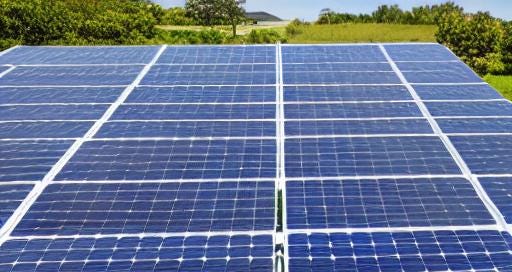Solar power is something we have become accustomed to and accept as a clean, sustainable energy source. As with many other things created by governments, it appears to be a big scam. Solar energy is inefficient. The manufacturing of solar panels is extremely harmful to the environment. Recycling solar panels is difficult. It is because, while promoting …
Keep reading with a 7-day free trial
Subscribe to genuineprospect to keep reading this post and get 7 days of free access to the full post archives.



